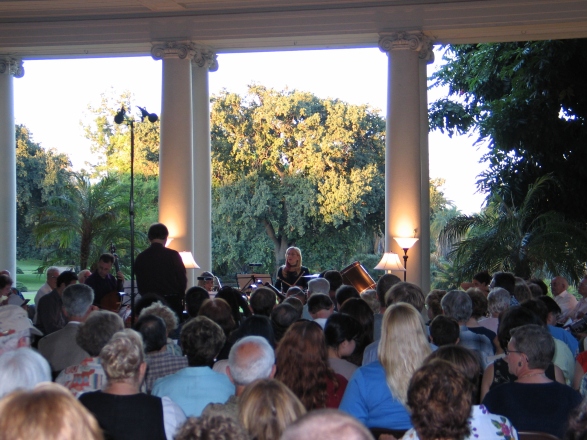
As one gathers ideas to begin a new venture, many questions surface. What do you want to do? Is your idea unique? Where is the best location and when should we begin? Who can I ask to help? And, what resources are available?
Ah, “resources.” This often becomes a code word for “where’s the money?” Even if you are beginning with funds out of your own pocket, you need many resources to support your idea. And, I wish to stress, the idea MUST always come first. A quick route to mediocrity is finding money first and then deciding what you can afford. A strong idea will always generate the resources — and many people agree with me. Michael Kaiser, former president of the Kennedy Center, has made this central to his advice to struggling organizations:
“You have to allow your artists to be creative,” he says. “Too many organizations have to plan art according to what the budget is, as opposed to thinking about what they want to do artistically and then figuring out how the budget can be paid for.”
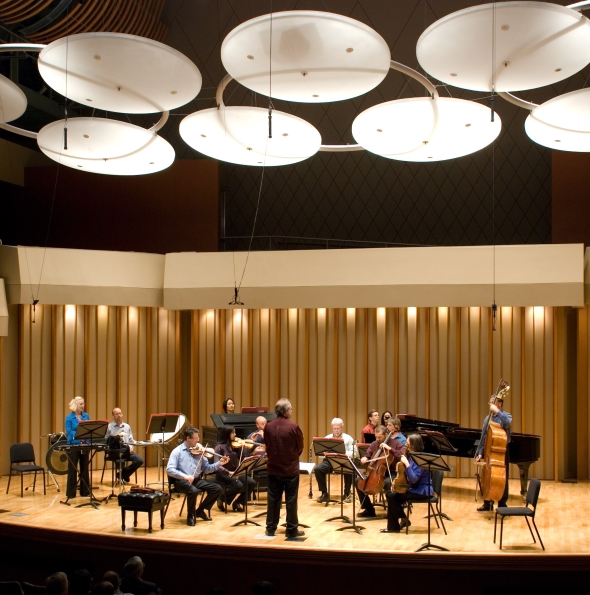
Once you are convinced that you have a strong idea, how do you find the financial resources? Money is the first of many resources, which also include all of the elements of producing your idea: musicians and audiences, venues, marketing, production, and possibly staffing. You must now convince others that your idea is worthy of their support. It is time to discover that a budget is your best place to start. How can you ask someone for money if you don’t know what you need? Anyone with money to support your new venture will have questions for you – what will you pay the performers, how much does it cost to rent a performing space, what are the marketing costs, and numerous other details.
A budget is your friend, your assistant, your opportunity to answer many questions. It takes the guesswork out of your grand idea. A budget gives confidence to someone who wishes to support you, confirmation that you have done your homework to know your costs. At the beginning, KISS your budget: “Keep It Simple, Stupid!”
But, you are not “Stupid” since you have a wonderful idea! So, change that last “S” to “Smarty.” You are smart enough to know all of the items that belong in your budget. Start simply by listing all the costs you can think of to begin presenting your idea. And, don’t worry that you might forget something – this is where the item affectionately known as “Contingency” helps out. It is a magic budget item that you list in case you forget something. It can be a percentage or it can be an actual amount. That is up to you, but don’t forget to include this “whoops – I forgot something” amount in your budget. Your potential supporter will know you are very smart and thorough because you have included this.

For a music concert in the first season, the budget might include these items:
- Players (number of players multiplied by fee per player), piano rental, hall rental, music purchase or rental, marketing, staff, overhead, and contingency
However, I use the words “might include” because you hopefully have found other resources for many items that can be provided without cost. You use a free college venue that includes a piano, own the music you need or use library parts, friends will staff the ticket desk, and you use social media to market your concert at very low or no cost. And, perhaps your friends are generously playing without a fee to get the concert series started.
Once you have produced your first season, a simple budget begins to form as you start to pay your players, rent your hall, and increase your marketing to attract larger audiences. As I mentioned earlier, the budget becomes a tool to know not only how much money you need, but also how much money you require in order to expand. You cannot plan for future seasons unless you have a budget in hand to support your ideas.
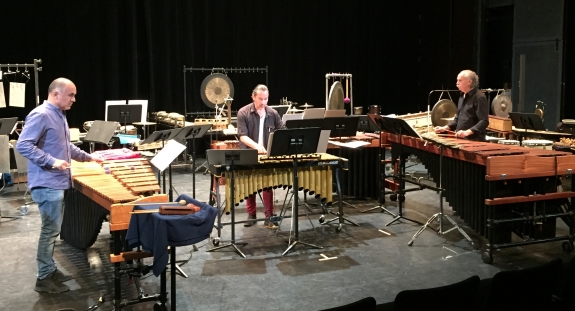
It isn’t difficult. We all (hopefully) make lists, so a budget begins as a list of all the components of a concert. You estimate the costs for each item, and include “overhead” to pay for general costs such as telephone, marketing costs for internet, website, and getting the word out. A 10% contingency keeps you from panicking in case something comes up that is unexpected. And something will always come up!
I will write about fundraising in a future blog. However, if you don’t know what you need financially to realize your ideas, it will be impossible to access increased funding over time.
Now that you have your list with detailed “expenses,” you must complete your budget. A complete budget shows where the “revenue” will come from. At the beginning, it might include:
- Ticket sales, donations (from the founders, family or friends) and in-kind donations.
Ah, thank goodness for “in-kind donations.” These are items that you would usually have to pay for, but are provided at no cost. Perhaps you are on faculty and can use the hall for free, or friends are playing without a fee (including yourself). You may not need to spend money on internet or rental music. But, these are expenses that might have to be paid in the future. These expenses are integral parts of producing your event, so on the budget page, all the expenses are listed to paint a complete picture.
Fortunately, you will balance some of these expenses by listing them in the revenue section as “in-kind donations” which means that they are received for free as a donation. In other words, every expense is listed with their cost, but the revenue section lists them as a donation since you are not paying for them, i.e., someone (or perhaps an institution) is providing them to you for free.
In the revenue section, you balance all of your expenses by listing the sources of money that will pay for the concert plus those that are “no cost” as an “in-kind donation.” This way your budget will provide an accurate account of every cost for producing your concerts, how you will pay for those costs, and items that you do not have to pay for because they are provided for free. In-kind donations also show that you are thrifty and careful with the money you have.
Your goal with the budget is to have the expenses equal the revenue. Obviously you don’t know exactly how much ticket revenue will come in, but you use your best guess. The contingency expense can also be adjusted in the budget to make it balance more easily. And, if you find that you are out of balance, you need to consider that you might need to find more resources (donors, ticket revenue, or a grant) to provide more revenue. It is better to find this out before the concert rather than afterwards!
Unfortunately, some new entrepreneurs avoid including in-kind donations as “real” revenue, figuring that they will add it later as everything grows, or worrying that it will inflate the budget. But, leaving out any revenue, especially the in-kind donations, draws an incomplete picture. You want to show someone looking at your budget that you know all the possible expenses, and that you have covered them either by paying for them, through donations or grants, or having them donated for free.
As you become successful, it is also important to show the full budget so that there are no questions about what you need. Also, as you begin to fundraise, the larger the budget (including the in-kind donations), the more money you can access. As you ask for government or foundation funding, the size of your budget correlates with the amount of money you can request. It is an important step to grow out of the “startup that needs help” and transition to “now we can pay money for our expenses” because the money is flowing to the organization.
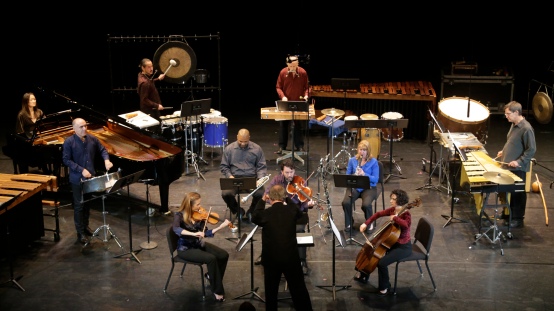
A detailed budget also provides less stress and guesswork. It allows you and others who support you to know what you need. It encourages transparency and builds trust with your future staff and donors although it is an internal document and should not be shared publicly with musicians or audiences. However, for board members, staff and donors, a complete and thorough budget is essential to show that you know what you are doing and that you understand what it will take to realize your artistic dreams. Good ideas will encourage money and audiences, and your budget is an important part of showing you understand how those ideas will grow to fruition.
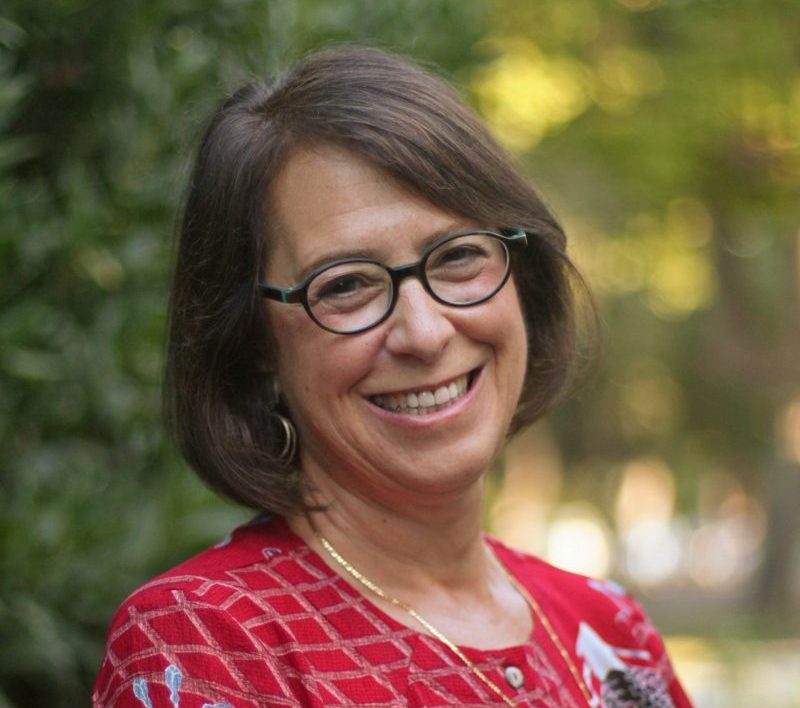
Reblogged this on HANOI NEW MUSIC ENSEMBLE — NHÓM NHẠC ĐƯƠNG ĐẠI HÀ NỘI.
LikeLike